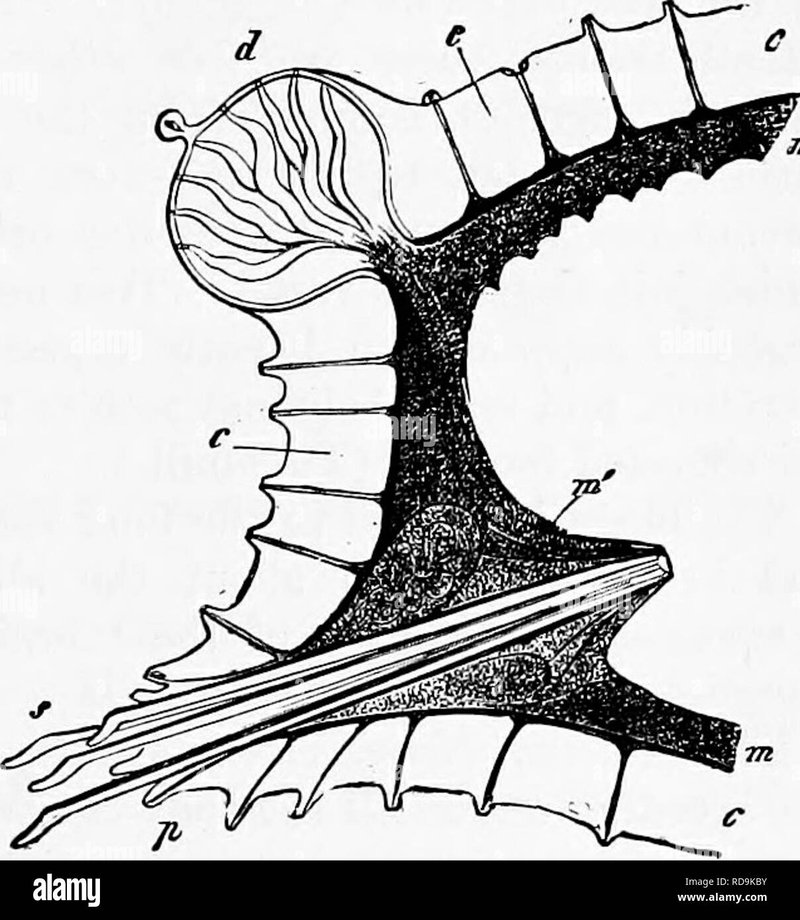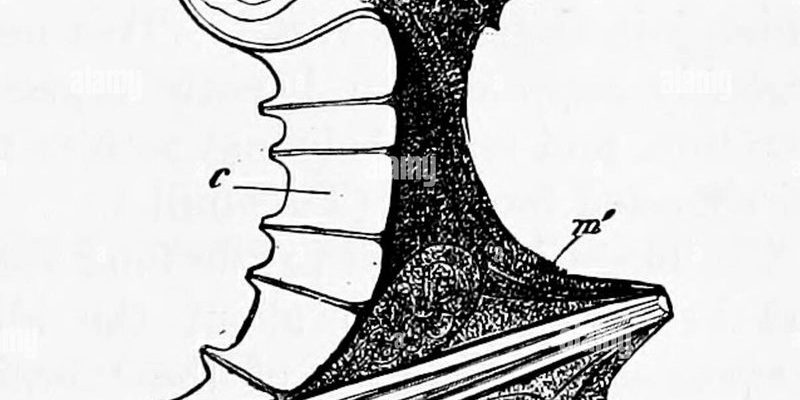
Now, you might be wondering, “What exactly does a Nereis virens look like?” or “How can I find one in its natural habitat?” Identifying this unique worm can feel like looking for a needle in a haystack at first, but fear not! Let me explain how to recognize these creatures and where you might find them lounging in their underwater homes.
Understanding Nereis Virens
The Nereis virens is a type of polychaete worm, which means it belongs to a group called segmented worms. They’re mostly found in intertidal zones—those areas where the ocean meets the land during low tide. If you think of the beach as a rich buffet, these worms are like the cheeky guests that dine on decaying organic matter and detritus, helping recycle nutrients back into the ecosystem.
You might be surprised to learn that Nereis virens can get pretty large! They can reach lengths of up to 10 inches or more. And while they usually come in shades of green or brown, their colors can vary based on their environment. This adaptability helps them blend into sandy or muddy substrates, which is one of the reasons they can be so hard to spot.
So, why should you care about recognizing this worm? For starters, Nereis virens are essential for scientists studying marine life and the health of coastal ecosystems. They’re also vital food for various fish and birds, making them a critical link in the food chain. Plus, they’re fascinating little creatures!
Physical Characteristics of Nereis Virens
When it comes to identifying a Nereis virens, you’ll want to keep an eye out for specific physical characteristics. First off, these worms have a long, slender body that’s divided into many segments called *metameres*. Each segment typically has a pair of parapodia, which are little flaps that help them swim and burrow through sand.
If you’re trying to figure out if a worm is a Nereis virens, look for its bristles or *chaetae* that protrude from the parapodia. These are the tiny, hair-like structures that help the worm move through its environment. Another telltale sign is their cuticle, which is a shiny, slippery layer that covers their bodies and helps them glide through sediment.
In terms of coloration, the Nereis virens can shift from olive green to a more reddish-brown depending on the type of habitat they’re in. This changing color can serve as a natural camouflage, protecting them from predators. So if you see a worm glinting in the sunlight, take a moment to observe the colors and features—chances are, you’ve spotted a Nereis virens!
Where to Find Nereis Virens
To spot a Nereis virens, you’ll want to hit up their natural habitat. These worms thrive in intertidal zones, which means they can be found in sandy or muddy areas along coastlines. Think about tidal flats, estuaries, or even quiet, sheltered beach areas. They prefer environments rich in organic material, so keep your eyes peeled around places with decaying seaweed or other marine debris.
The best time to look for these worms is during low tide. As the water recedes, it exposes the wet sand and mud, creating a perfect playground for worm spotting. If you’re brave enough, roll up your pants and wade into the shallow waters—this is often where you’ll find them squirming just below the surface.
As you search, you might also consider using a small shovel or digging tool to gently sift through the sand. Just remember to be respectful of the environment—try to minimize damage to other creatures and vegetation while you dig.
Behavior and Habitat Preferences
Understanding the behavior of Nereis virens can help you identify them in nature. These worms are primarily nocturnal, which means they’re most active during the night. This behavior helps them avoid predators and allows them to feed on detritus and other organic materials safely.
Throughout the day, they often burrow into the sand or mud, using their parapodia to dig deeper into the substrate. This not only provides protection from predators but also keeps them moist—an essential factor for their survival. If you’re trying to locate them, look for small, soft mounds in the sand or shifting patterns in shallow waters that might indicate their movement.
When disturbed, Nereis virens can quickly retract into their burrows, hiding from potential threats. So, if you see what looks like a little splash or a ripple, it might just be a sandworm making a hasty retreat!
How to Identify Nereis Virens at a Glance
If you’re in a hurry and need a quick checklist to identify Nereis virens, here’s what to keep in mind:
- Long, segmented body that can grow up to 10 inches.
- Presence of parapodia on each segment.
- Branched, hair-like chaetae protruding from the parapodia.
- Coloration that varies between olive green and reddish-brown.
- Found in intertidal zones, especially in sandy or muddy habitats.
- Active primarily during the night, often hiding in burrows during the day.
Having this checklist can make it easier for you to recognize these worms in their natural environment. Just remember to enjoy the process of exploring and learning about the fascinating life around you!
Why Nereis Virens Matter in the Ecosystem
You might be wondering, “What’s the big deal about Nereis virens anyway?” These little worms play an essential role in maintaining the health of marine ecosystems. Their feeding habits help break down organic material, which in turn enriches the sediment and promotes nutrient cycling. This process supports other marine life, ensuring a balanced ecosystem.
Furthermore, Nereis virens are a crucial food source for a variety of predators, including fish and shorebirds. Birds like the sandpiper rely on these worms to fuel their migrations. By contributing to the food chain, Nereis virens help sustain entire populations of marine life.
In a way, spotting and identifying these creatures helps you appreciate the interconnectedness of nature. By learning about Nereis virens, you’re engaging in a broader conversation about environmental health and conservation.
Final Thoughts on Nereis Virens
Identifying a Nereis virens in its natural habitat can be both fun and enlightening. With their unique physical characteristics and crucial roles in the ecosystem, they share a story of resilience and adaptability. Whether you’re a seasoned beachcomber or just dipping your toes in marine exploration, spotting these worms can deepen your appreciation for coastal life.
So next time you stroll along a beach at low tide, keep your eyes peeled for these fascinating little creatures. With a bit of patience and practice, you’ll be able to identify Nereis virens and understand just how important they are to the environment around us. Enjoy your marine adventures, and don’t forget to bring a willingness to explore the wonders of the natural world!

